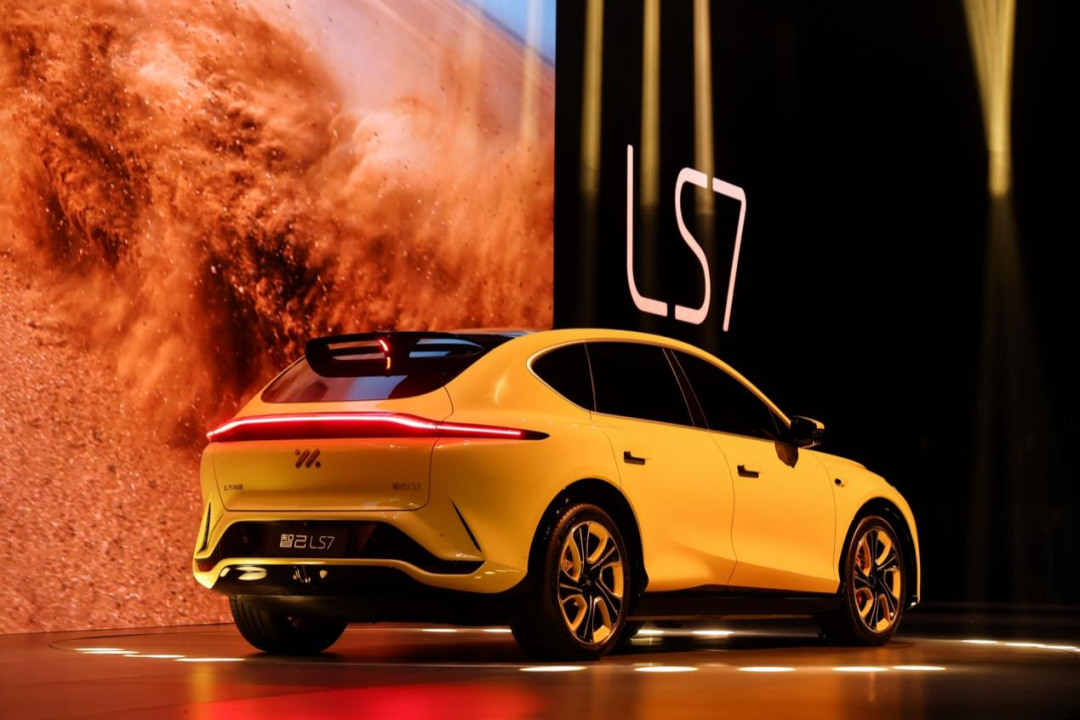Cars Competing in the Market: Honda Civic Type R vs. IM LS7
Last night, two interesting cars entered the market competition vortex.
One of them is the Honda Civic Type R, representing the internal combustion engine era and pursuing top performance. The other is IM, which has been trying to become the top player in the fields of electric, intelligent, and luxury, and its new midsize SUV – LS7.
The simultaneous appearance of these two cars seems to create a tunnel about time and space. One leads to the past and showcases emotions, while the other undoubtedly opens up the path to the future.
Of course, emotions are emotions, but people, markets, and times always move forward. At this point, whether it is the direction and trend, IM or LS7, both are considered to be on the relatively correct and more certain path to the future.
For all of us, including myself, some questions related to LS7 have emerged. What is the right path?
Introducing the Core Elements of Both Cars
IM’s goal has always been clear, to create more unique and personalized products. This can be seen from the fact that their first product, IM L7, was positioned more towards driving control and even led the driving control ability in the entire similar product category.
What I mean by “more towards driving control” has long surpassed the superficial level of the acceleration time from zero to one hundred. It is about truly approaching and aligning with the higher-level driving control experience of the internal combustion engine era. In this process, aside from the acceleration advantage of electric motors and the more balanced weight distribution brought by battery plates, what remains is the true driving pleasure brought by the brand’s continuous debugging, calibration, and adaptation.
More importantly, this is not only mentioned in IM’s promotion but is a truly experiential feeling that every person who grips the steering wheel can easily sense. In-depth, this is because the product’s completion level is high enough.
Obviously, for IM LS7, a unique and personalized product positioning is also a path they must adhere to and continue to pursue. This time, the unique personality of LS7 is placed on the “visual” side.
Here, “visual” does not refer to the part of visual perception in the intelligent driving assistance function. Rather, it is everything related to “sight” in all scenes that the car and people can see and detect.
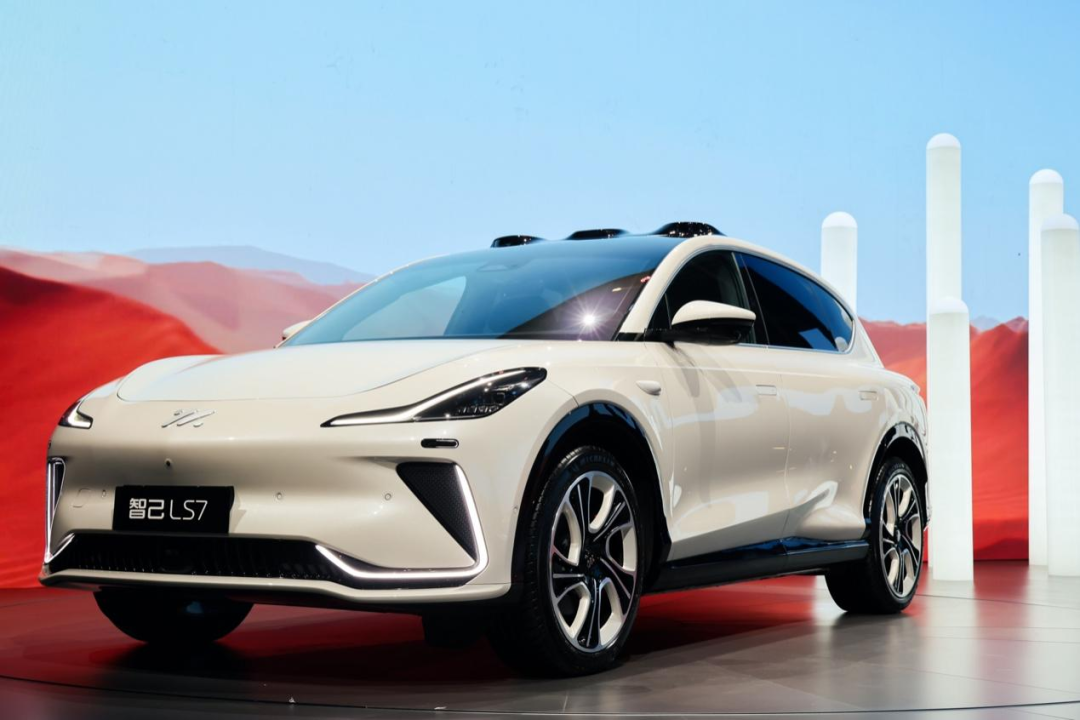 Below are the English Markdown texts:
Below are the English Markdown texts:
For example, with cameras deployed around the body, LS7 can provide drivers with realistic scenes of the surroundings, traffic, and pedestrian flow. For high-end models, a laser radar resembling cat ears, placed on the roof, extends the perceptual experience beyond what is visible to the eye, enabling more intelligent driving modes. The DLP headlight, which has been applied to L7 and focuses more on turning the car into an information interaction terminal, is also available on LS7 for you to experience. Of course, this also includes the transplantation and real-life application of the larger and lift-able long HD central control screen from L7 to LS7.
Nevertheless, these features are still not enough to cover all the visual aspects of LS7.
On LS7, a front windshield that provides a larger field of vision has become the most significant extension of the keyword “visual.” This windshield has a viewing angle of up to 106 degrees, extending the driver’s view to the top of his head and providing a better driving experience.
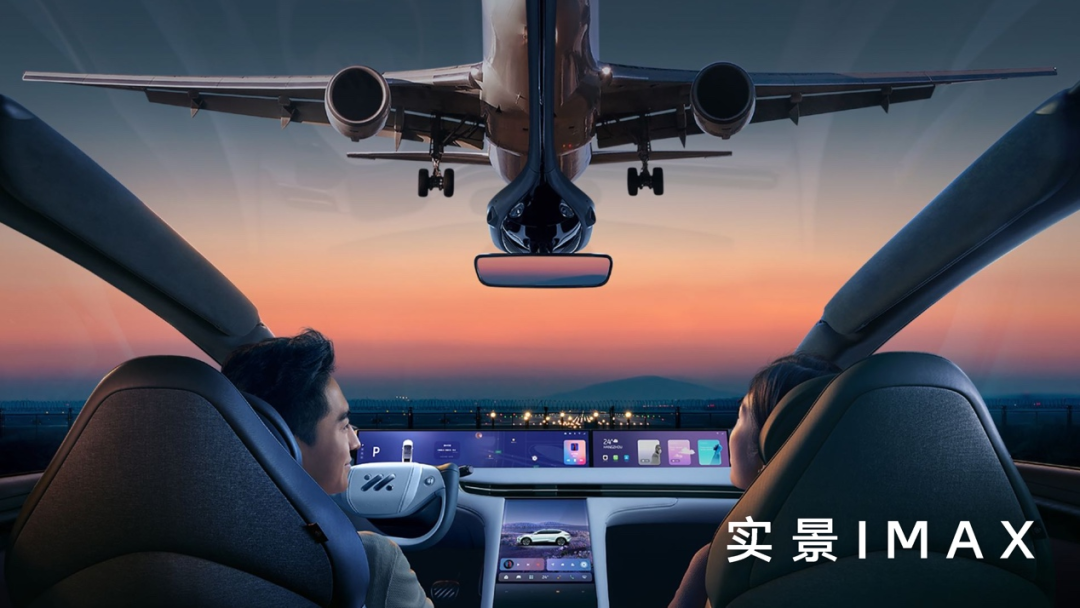
Obviously, when everyone is still focusing on the technology, this visual enjoyment, which is more design-oriented and can bring a better travel experience, has taken car and electric smart car usage experience to the next level.
In fact, these features are not even the latest technology, many of them have already been used by people earlier. However, the idea and practice to bring all these features together and to explain the main elements of the product in one go seem to be a good one.
After all, clear product positioning with goals and using corresponding configurations and functions to highlight this positioning and making it clear in one go so that users have a clear product perception in the initial stage is a good strategy. Whether it is the driving control of L7 or the visual aspect of LS7, IM has consistently followed this approach.
Innovate and innovate brilliantly
From the establishment of the brand to today, we can see that IM has always been very ambitious and wants to go high-end, luxurious, and intelligent. The easiest way is to aim at the top automotive brands and catch up with them. For example, this time, on LS7, IM provides a unique steering wheel – the “YAT Cruise Type Semi-Flat Steering Wheel.”The alien-shaped steering wheel is not a new invention by Xpeng. Similar products have been introduced earlier in Model S Plaid and Toyota bZ4X.
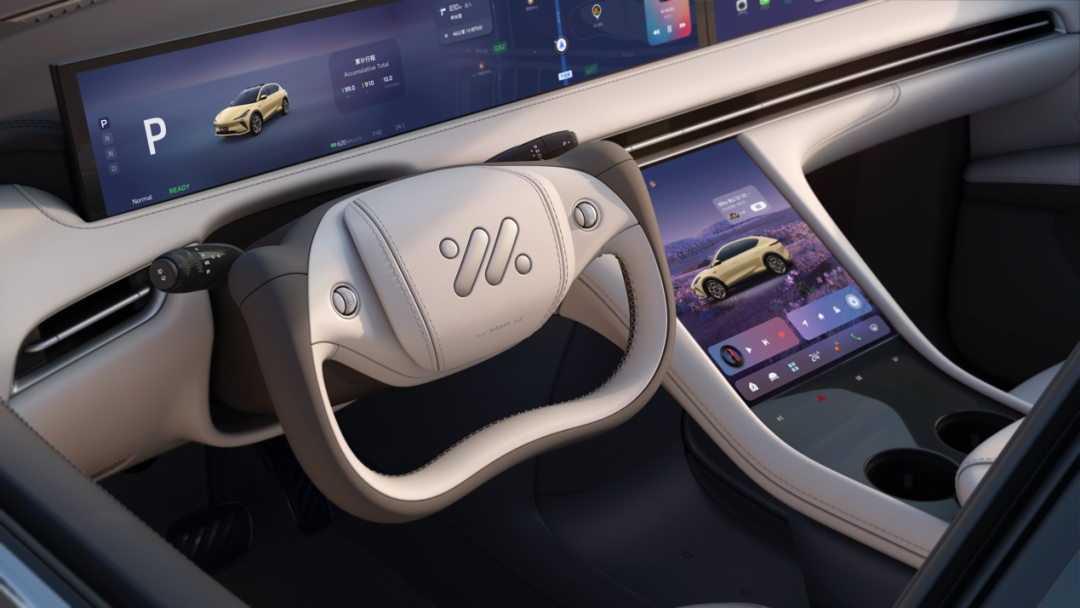
Of course, this is not a particularly new technology either. If you pay attention to F1 races, you will find that this semi-circular steering wheel has been used in practice for a long time. However, its application in mass-produced cars is still a new thing. According to Xpeng, the use of this semi-circular steering wheel can greatly improve the user’s visibility during the process of lifting and lowering the screen interaction. Of course, there are also corresponding concerns about the adoption of new products. For example, in the process of driving on the racetrack, the steering wheel has a smaller rotation angle, but in actual daily driving, where multiple turns may be needed, whether users can adapt to the new steering mode more quickly remains a point that needs to be continuously observed.
At the same time, in the field of luxury, semi-aniline leather is no longer the selling point of the LS7. The passenger seat can be completely folded and stored under the front passenger glove box. The seats that almost completely achieve a “zero-gravity” floating feeling on the right side of the rear seat, as well as the larger trunk space provided by the 3060mm wheelbase, provide a more comfortable riding experience.
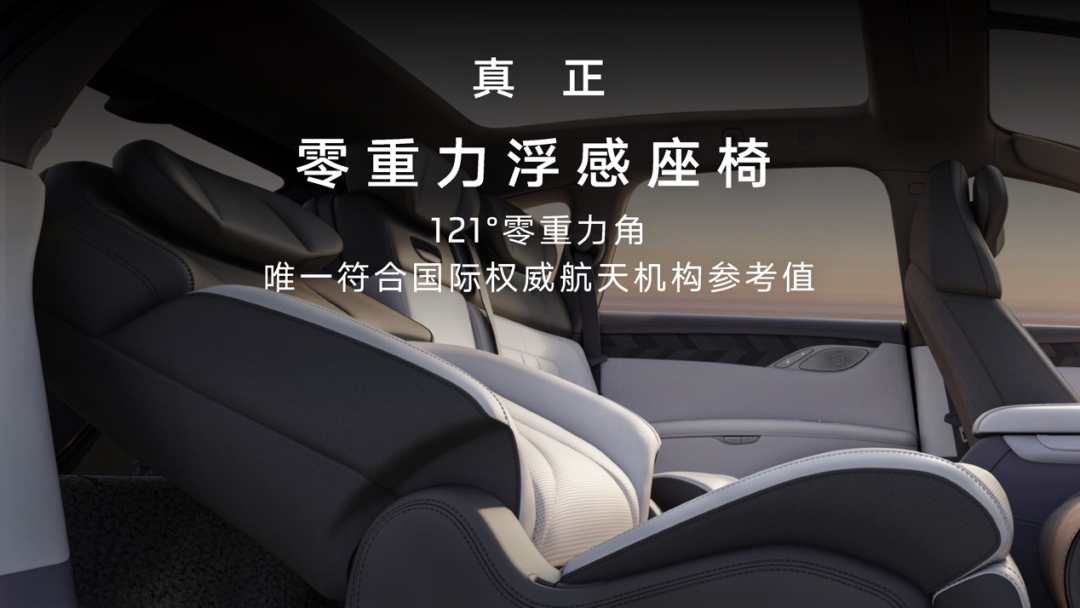
From the perspective of pictures and videos, the actual riding experience of this seat should be quite good. However, whether lying on a zero-gravity seat will be affected by the inertia of driving or whether the angle of the seat belt bundling will be different in actual use, etc., can only be experienced and evaluated with a real car.
But no matter from what perspective, whether it is technological innovation or comfort innovation, they have become the core competitiveness of LS7 in the market competition and achieving better sales after its official launch.
Conclusion
According to official information from Xpeng, the blind order quantity of LS7 has exceeded 3000 units since one hour after its preorder price of RMB 350,000 to RMB 500,000 was announced. For such a product that has a clear positioning and has continuously tried innovation and luxury, the outside world and potential consumers have already begun to hold a strong interest.And for individuals, choosing their own direction and truly excelling in it may not require comparing oneself to others. Unknowingly, by maintaining a distinct personality, clear position, continuous innovation, and constant self-improvement, one can find their own market position in the fiercely competitive future.

At this stage, this is more important than what kind of car is being produced.
This article is a translation by ChatGPT of a Chinese report from 42HOW. If you have any questions about it, please email bd@42how.com.
